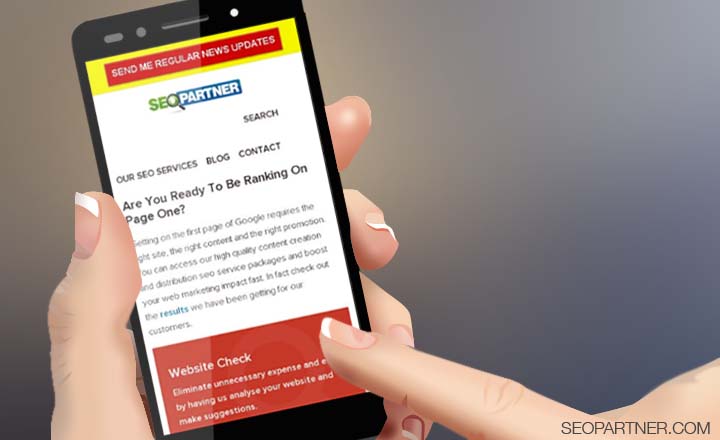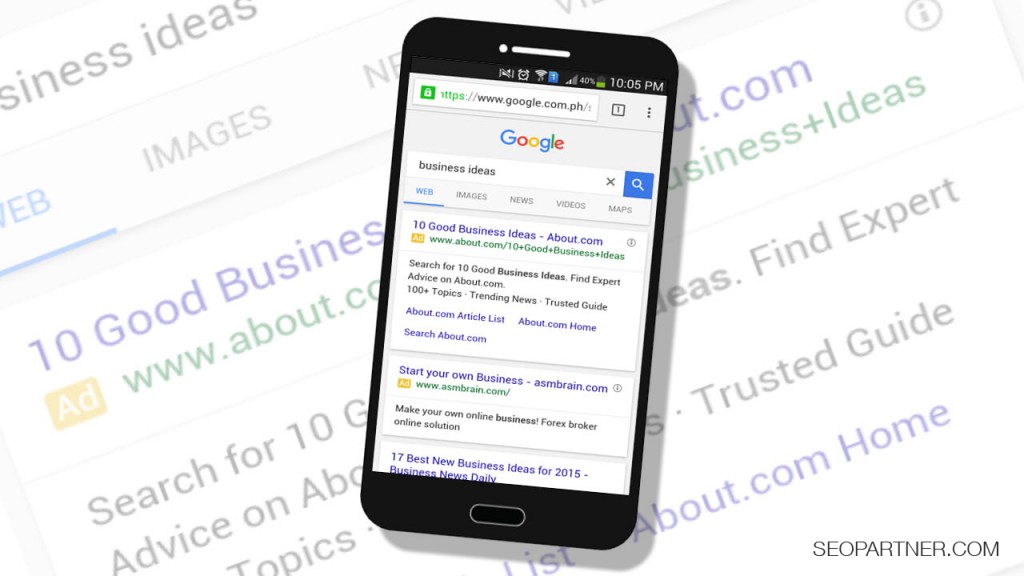Source: http://www.searchenginepeople.com/blog/16015-technical-seo-audit.html
After your on-page SEO audit, making sure that the site performs at its optimum state is important; hence, the next step is to conduct a technical site audit. How prepared are you for a technical site audit? To help you perform a better, more accurate technical site audit, here are 5 points you should not overlook.
Improved Mobile Optimization
These days, up to half of the search queries that google handles every day is done through mobile devices. This shows just how important having a mobile-friendly website is. To help make your website a mobile super champ, here are few simple steps to follow:
- Test your site with Google’s Mobile Friendly Test
- Have a responsive website. In a responsive website, your HTML and URL stays the same regardless of the device.
- Googlebots should have access to a page’s resources such as CSS and JavaScript to help it detect that the website is “mobile-friendly” thus serving it properly to mobile searchers.
- Use applications that allow you to create mobile-optimized content that can instantly load everywhere like Accelerated Mobile Pages (AMP).
Site Speed
Improving your site’s loading speed is important as Google incorporates site speed into its ranking algorithm. These guidelines can help you improve your site’s speed:
- Good hosting
- Optimize your database if you are an e-commerce site owner.
- Use CSS, reduce scripts, minimize the number of HTTP requests and use accelerated mobile pages.
- Enable compression and optimize your images.
- Enable browser caching.
Duplicate Content and 404 Pages
Be smart in handling duplicate content and 404 pages. For 404 pages, here’s how you can handle them:
- You can see where invalid links are coming from by using Google Console.
- Fix or delete links that are from your own site.
- 404’s should only be redirected to a category or parent page if that’s the most relevant page available.
- Create custom 404 pages.
- Make sure your 404 pages have the same look and feel as the rest of your site.
Here’s how you can handle duplicate content:
- Use 301 redirects.
- Use canonical tags.
- For placeholder pages, use noindex meta tag to block the page from being indexed.
- Use Search Console to tell Google how you prefer your site to be indexed.
Site’s User Friendly URL Structure and Layout
Checking your website on a text-based browser can help you ensure that the links are visible to crawlers. Here are some of the best practices for a user-friendly URL structure:
- Use broad to narrow navigation structure
- Use breadcrumb navigation
- Use wireframe prototyping
- All important links should be located in the top navigation
- Create a sitemap
- Add proper canonical tags
- Create relevant names for directories, sub-directories and files.
Organize your Code and Use Schema.org Markup
Using Schema.org to help make it easier for search engines to understand the content of the pages. It may improve the way how pages are displayed in SERPs by enhancing the rich snippets.


